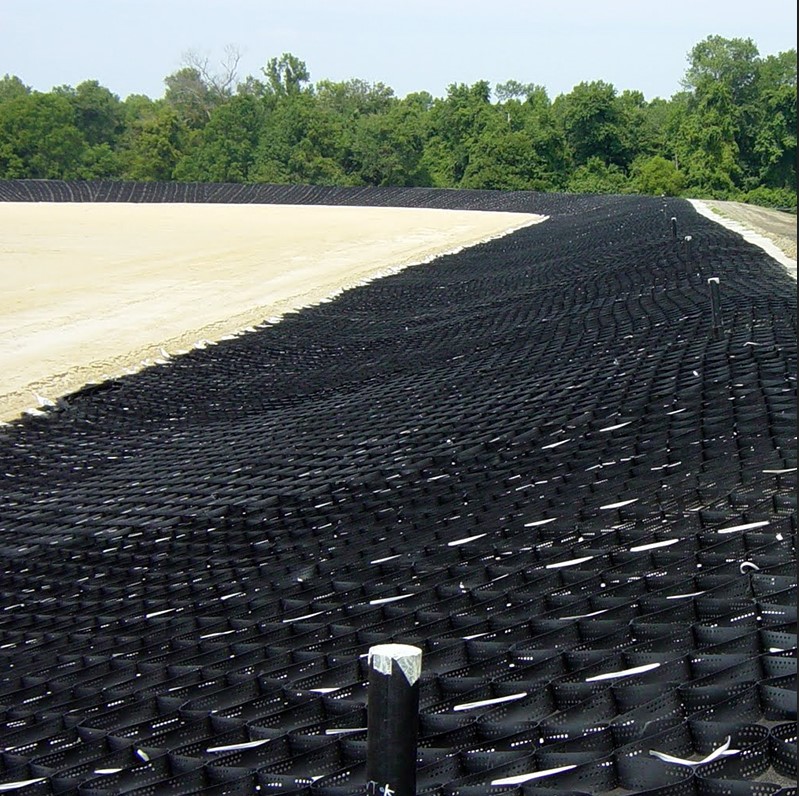PP (polypropylene) biaxial geogrid is a type of geosynthetic material that is made from polypropylene, a type of plastic. It is typically used in the construction of roads, retaining walls, and other structures to provide additional support and stability. Biaxial geogrid is characterized by its grid-like structure, with a series of interconnected cells that are oriented in two directions (biaxial). This design allows the geogrid to resist deformation in both directions, providing increased stability and load-bearing capacity.

PP biaxial geogrid is often used in the construction of roads, where it is typically installed beneath the base course or subbase to provide additional support and stability. It can help to distribute loads evenly across the road, reducing the risk of settling or cracking, and can also help to increase the load-bearing capacity of the road. In retaining walls, PP biaxial geogrid can be used to reinforce the soil and provide additional stability to the wall.
PP biaxial geogrid has a number of benefits, including:
- High tensile strength: PP biaxial geogrid has a high tensile strength, allowing it to withstand high loads and deformation.
- Chemical resistance: PP biaxial geogrid is resistant to a wide range of chemicals, including acids, bases, and fuels, making it suitable for use in a variety of environments.
- UV resistance: PP biaxial geogrid is resistant to UV radiation, allowing it to maintain its strength and stability over time.
- Easy to install: PP biaxial geogrid is easy to install and does not require specialized equipment or labor, making it a cost-effective solution.
To determine if PP biaxial geogrid is appropriate for your project, it is important to consult with a design professional or engineer who can assess the specific requirements and design a suitable solution
